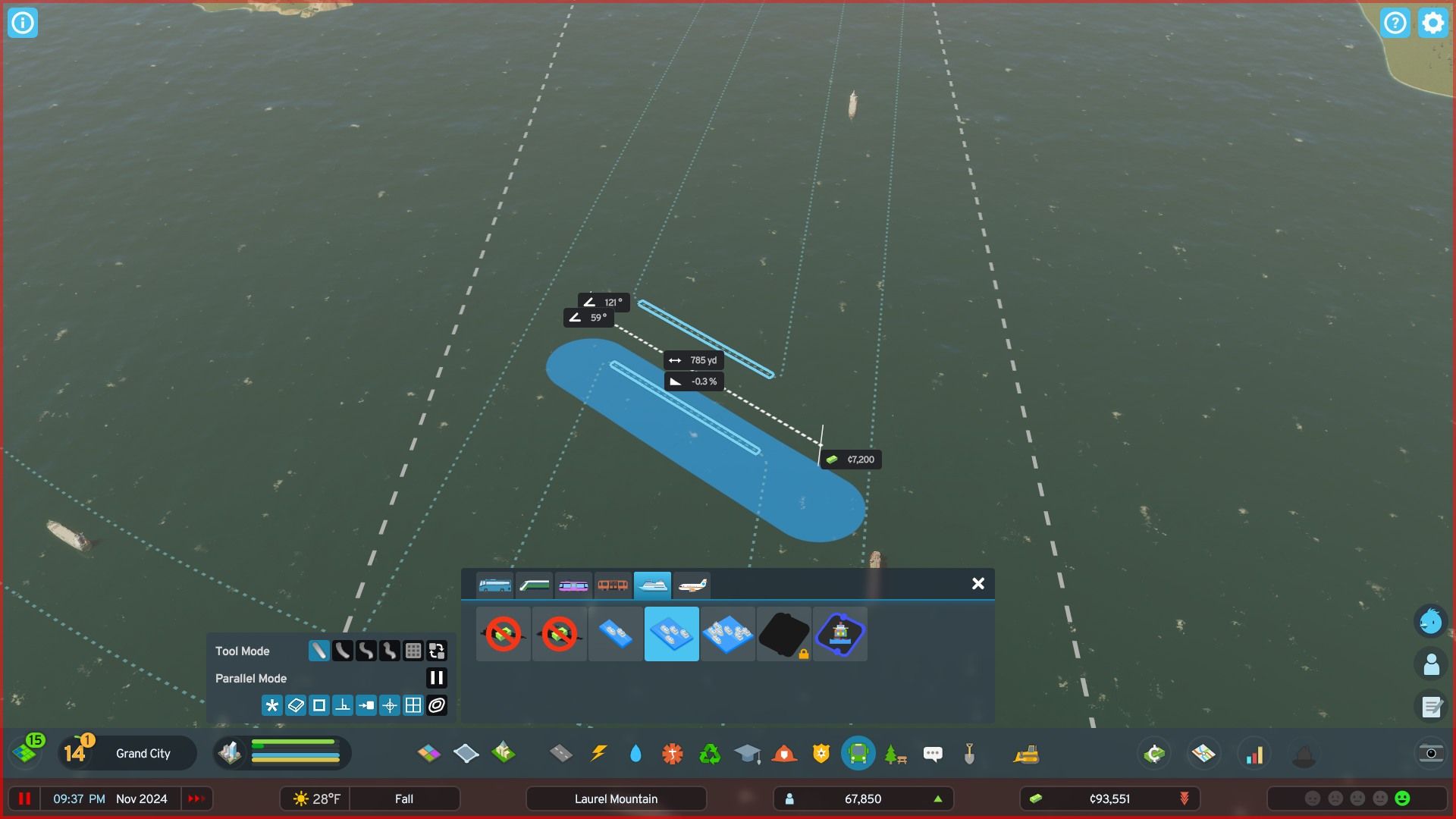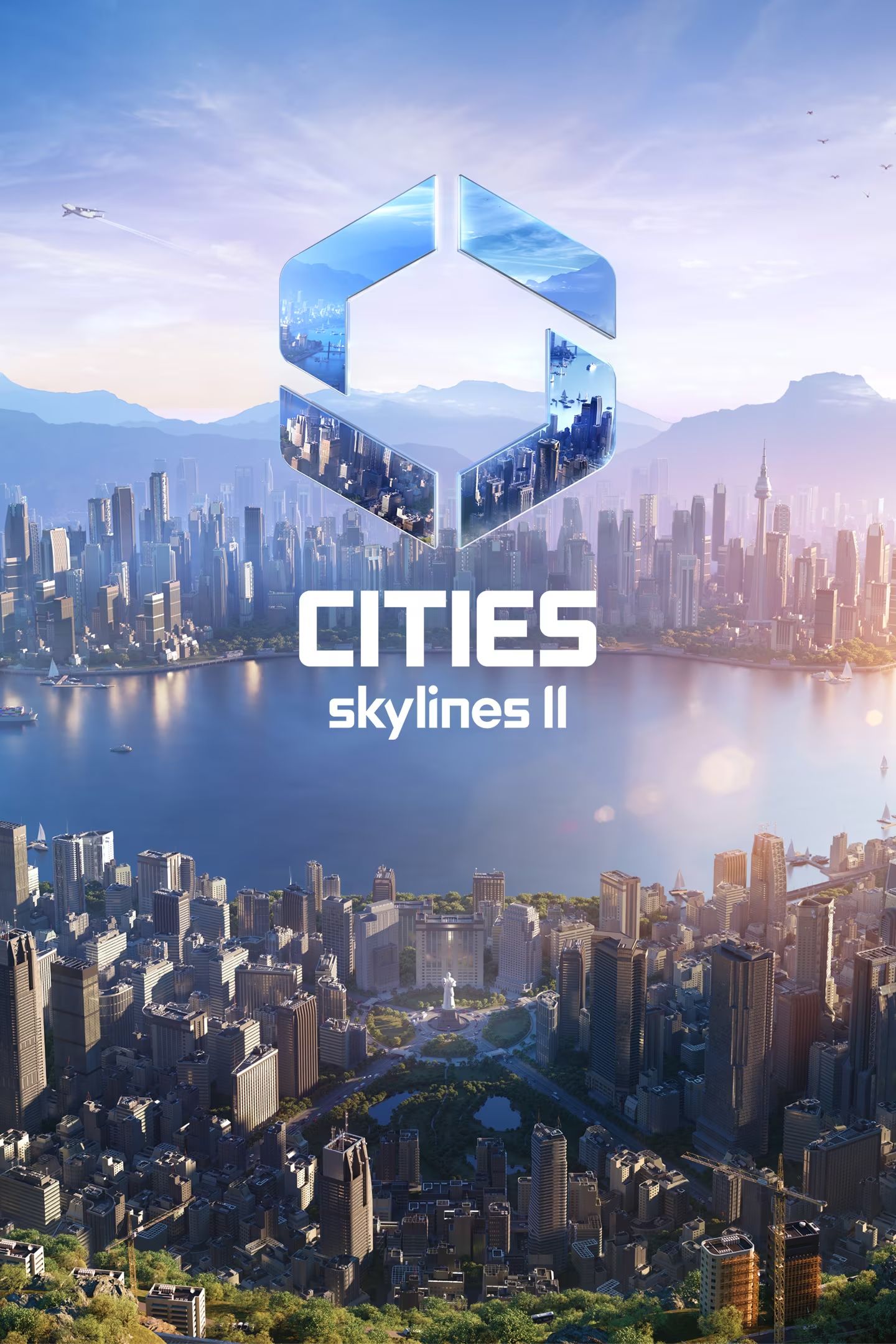
Mastering Ship Connections in Cities: Skylines 2

Discover the ultimate guide to establishing efficient shipping connections in Cities: Skylines 2 Seamlessly create and manage shipping lanes and routes for optimal transportation within your city
Public transportation plays a vital role in Cities: Skylines 2 as it helps alleviate traffic congestion by providing alternative means for residents and businesses to travel and transport goods.
Water transportation proves to be highly effective in this regard, offering the capacity to accommodate large numbers of people and goods through cargo ships and ferries. Acquiring access to these ships is as simple as purchasing the Water option in the Transportation development tree of Cities: Skylines 2, but utilizing them efficiently may pose some challenges.
How to Create a Shipping Lane
In Cities: Skylines 2, most maps start with a pre-built shipping lane connecting to the outside world. If a map doesn't have one, players have the option to create their own. To establish a connection to this outside lane, the first step is to purchase access to water transport in the Development menu. This option requires two development points and is located in its own branch of the Transportation tree.
Afterward, players must construct at least one cargo or ferry dock. This unlocks access to shipping lanes, which can be built and edited using the same tool modes as road construction. The only difference is that shipping lanes don't have any physical impact; they simply designate areas where ships are permitted to travel. However, constructing a shipping lane can be quite expensive.
Shipping lanes are available in three different widths: two lanes, four lanes, and six lanes. For a single dock, regardless of whether it is used for cargo or a ferry, players only need a two-lane route. Another advantage is that players do not need to be concerned about sharp corners as ships always move at a slow speed. However, one aspect of traffic that requires attention is bridges. It is important to ensure that a ship can pass beneath a bridge by ensuring that it is not too close to the water.
How to Set Up a Shipping Route
The main challenge in establishing shipping routes is that players are restricted to building shipping lanes exclusively on water tiles they possess. As a result, the only way to link a dock to external destinations is by acquiring enough tiles to connect with pre-existing shipping lanes. In situations where there is no existing connection, players can create their own pathway by constructing a shipping lane that extends to one of the border tiles within the playable area.
The advantage is that players do not need to own the tiles with the outside connections in order to utilize them. Once a player's dock is connected to a major shipping lane, the shipping route tool can be employed to make effective use of the docks. To begin, click on one of the docking nodes along the building, then click on one of the outside connection nodes, and finally click on the docking point again. Since each dock has two nodes, players can connect each one to an outside connection to maximize dock usage.
Moreover, docks can also be used to transport people and goods within the map. The only modification required is to create routes that connect the docks together, rather than routes that connect to the outside.
A strategically located cargo or ferry dock can significantly reduce the number of vehicles on the streets, particularly in industrial areas that heavily rely on imports and exports. Although the city (and consequently the player) does not directly benefit from the revenue generated by these trade activities, the decreased congestion on the roads is the rationale behind the profitability of water transportation routes.
Cities: Skylines is currently accessible on PC, PS5, and Xbox Series X/S.
Cities: Skylines 2
Platform(s) PC, PS5, Xbox Series X, Xbox Series SReleased October 24, 2023Developer(s) Colossal OrderPublisher(s) Paradox InteractiveGenre(s) City Builder
Editor's P/S
In Cities: Skylines 2, efficient shipping connections are crucial for managing the transportation of goods and people. The game offers a variety of options for creating and managing shipping lanes and routes, allowing players to customize their transportation networks to meet the needs of their cities.
One of the key challenges in establishing shipping routes is the need to acquire enough water tiles to connect docks to external destinations. This can be a costly endeavor, especially when players need to create their own shipping lanes to connect to pre-existing lanes. However, the benefits of water transportation can be significant, as docks can be used to transport large numbers of people and goods, reducing traffic congestion and improving the efficiency of the city's transportation network.









